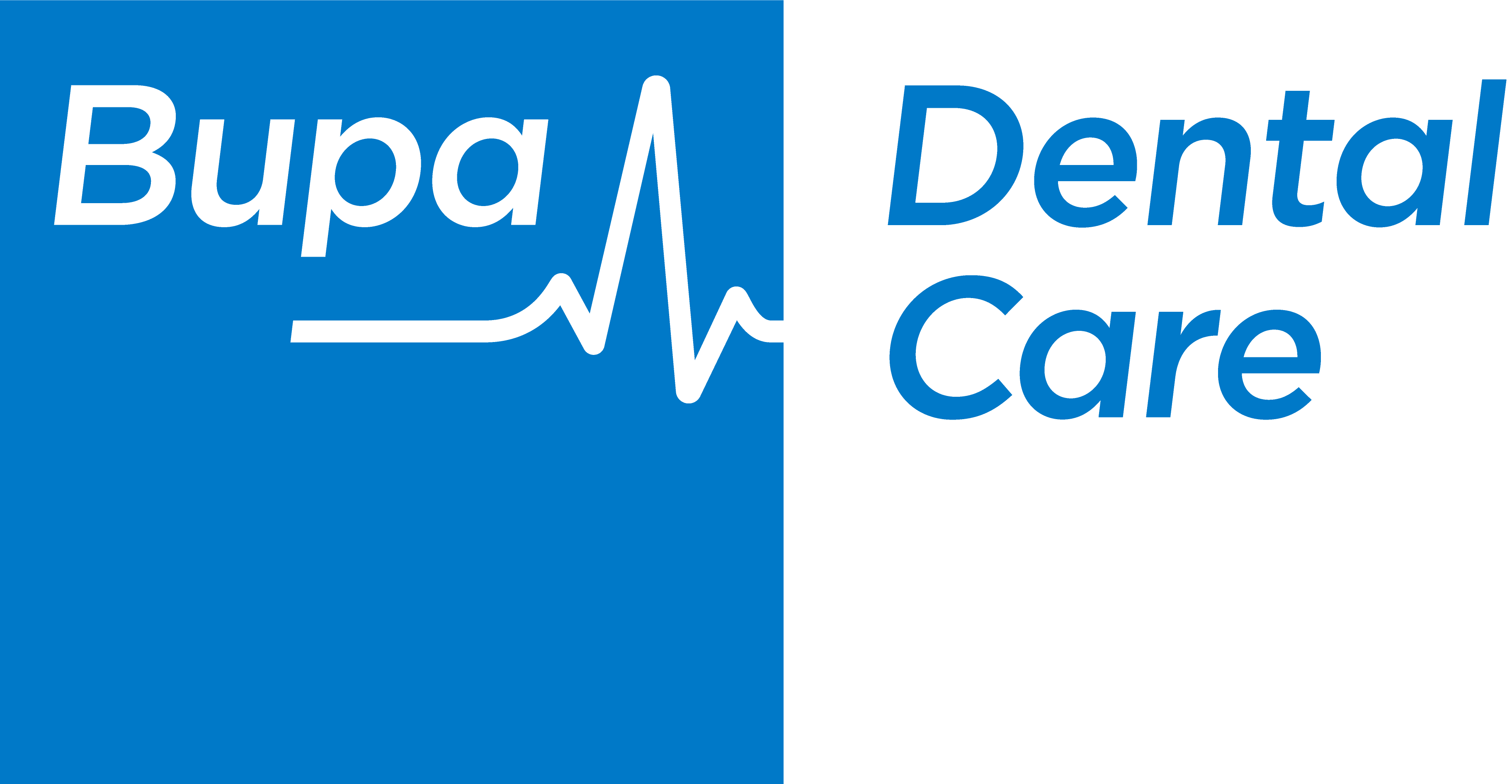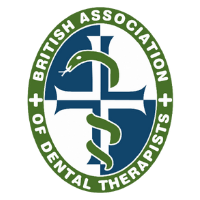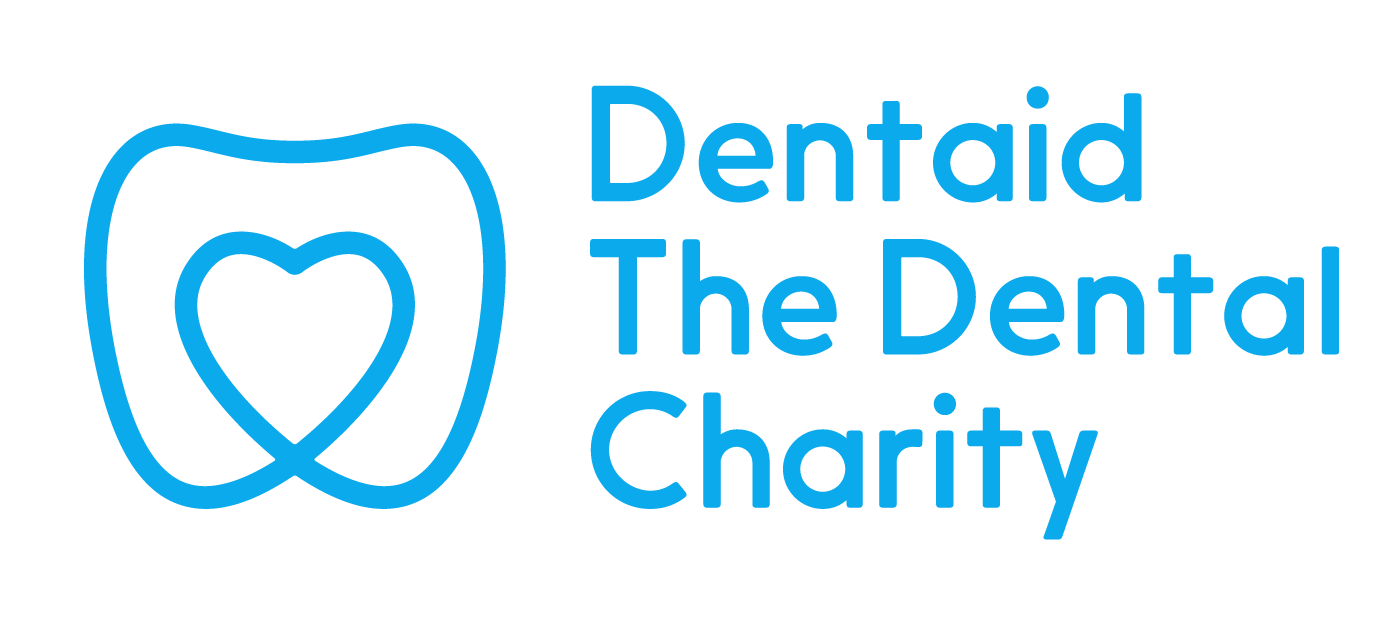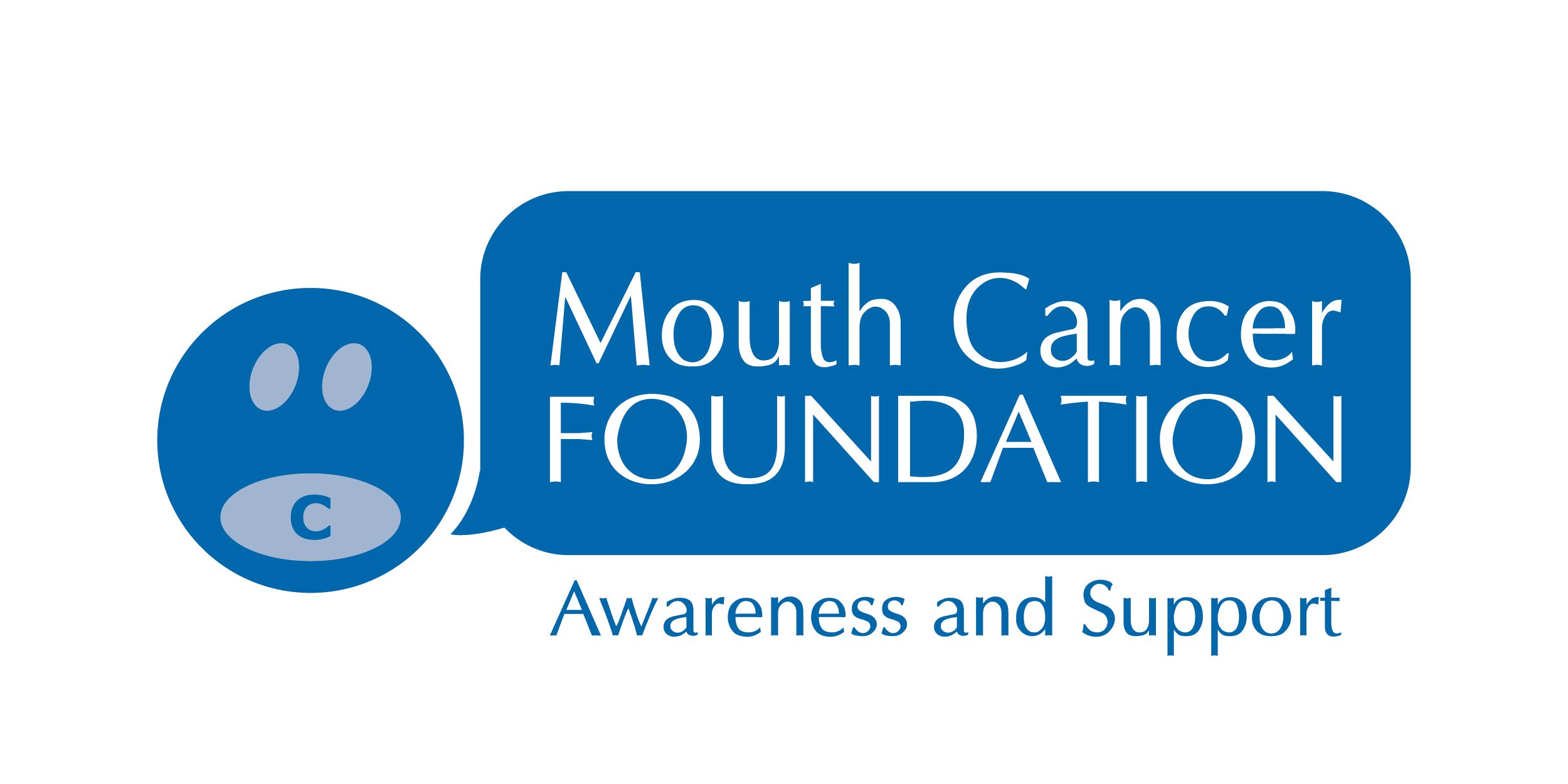The very basics of meditation
.jpg/fit-in/700x9999/filters:no_upscale())
This month we’ve been looking at meditation as a way to achieve this moment of calm amongst the madness of being a dental professional while the world is opening up again. While meditation is not a magic fix, it prompts us to take a moment to focus on what is truly important, or just take a breather.
Meditation isn't necessarily the image you have in your head - you can sit or lie in any position you like for a start! It might help to just think of meditation as 5 or 10 minutes of your day of calm or mindfulness.
BENEFITS OF MEDITATION
- Reduce stress levels. Studies show that regular meditation can actually reduce the cortisol level in your body, the stress hormone.
- Reduce your anxiety levels. Hand in hand with lower stress levels is a reduction in anxiety and anxiety disorders.
- Improve your emotional health. Two studies of mindfulness meditation found decreased depression in over 4,600 adults.
- Sleep better and feel relaxed. Meditation may help you control the runaway thoughts that often lead to insomnia. It can help relax your body, releasing tension and placing you in a peaceful state in which you're more likely to fall asleep.
- Improve your focus. A study looked at the effects of an eight-week mindfulness meditation course and found it improved participants' ability to reorient and maintain their attention.
HOW TO MEDITATE
Meditation is simpler than most people think. It's also important to note that there is no right or wrong way to do it!
Make sure you’re somewhere where you can zone out, set aside some time (for as little or as long as you want), and have a go:
1) Take a seat or lie comfortably
Find a place that feels calm and quiet to you.
2) Set a timer
If you’re just beginning, it can help to choose a short time, such as five or 10 minutes.
3) Tune in your body
You can sit in a chair with your feet on the floor, you can sit on the floor, you can lay flat on a bed or sofa—all are fine. Just make sure you are stable and in a comfortable position you can stay in for a while.
4) Really pay attention to your breathing
Follow the sensation of your breath as it goes in and as it goes out.
5) Notice when your mind has wandered
Inevitably, your attention will wander from focusing on your breathing and think about other things. When you get around to noticing that your mind has wandered—in a few seconds, a minute, five minutes—simply return your attention to your breathing
6) Be kind to your wandering mind
Don’t judge yourself or obsess over the content of the thoughts you find yourself lost in. Just come back to clearing your mind and focusing on your breathing.
7) Close slowly and gently before returning to your day
When you’re ready to end your meditation, tune in to your senses. What can you hear? How does your body feel? Take a mental note of how your thoughts and emotions.
That’s it! It's as simple as that! Try this every day and see if you start to feel the benefits.




















.jpg)







